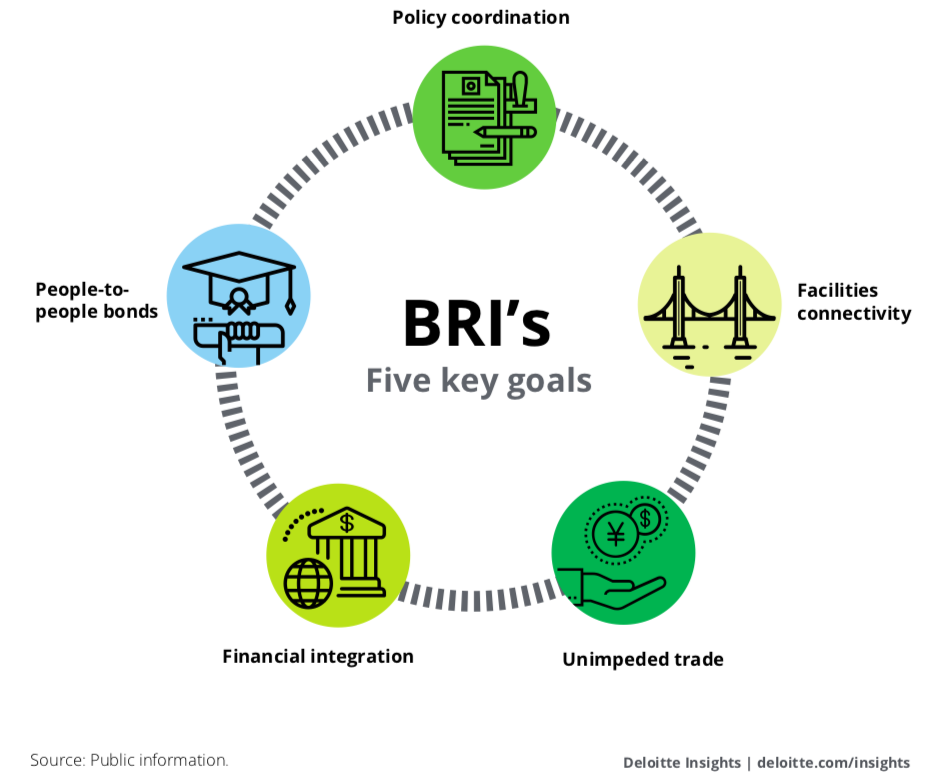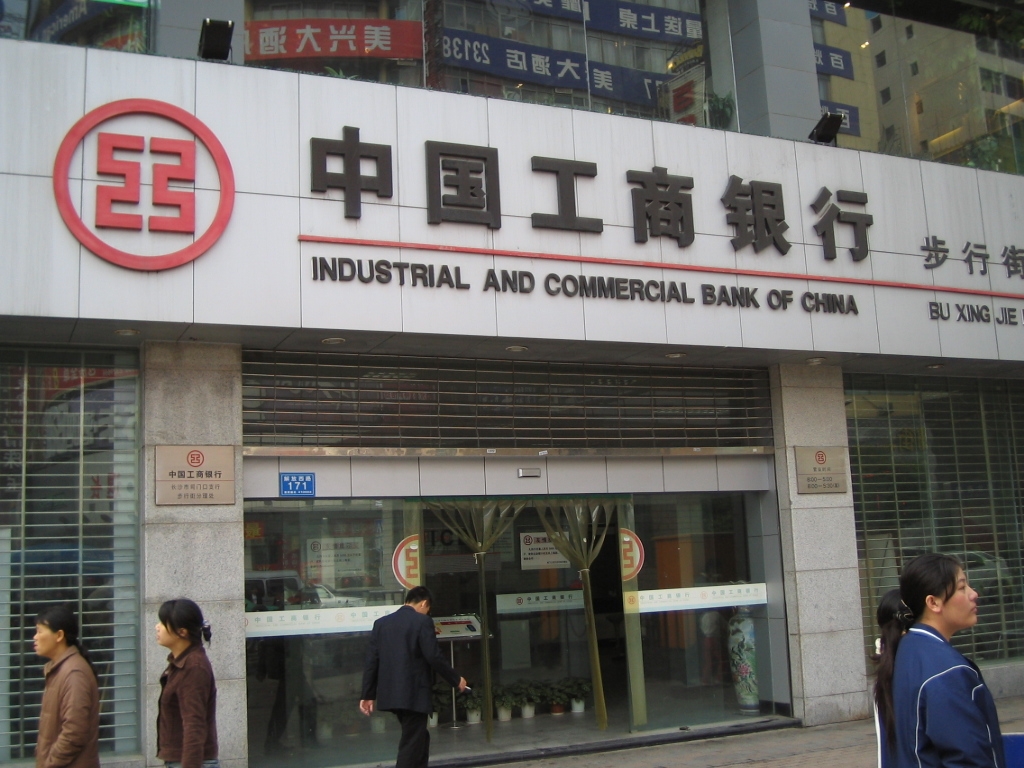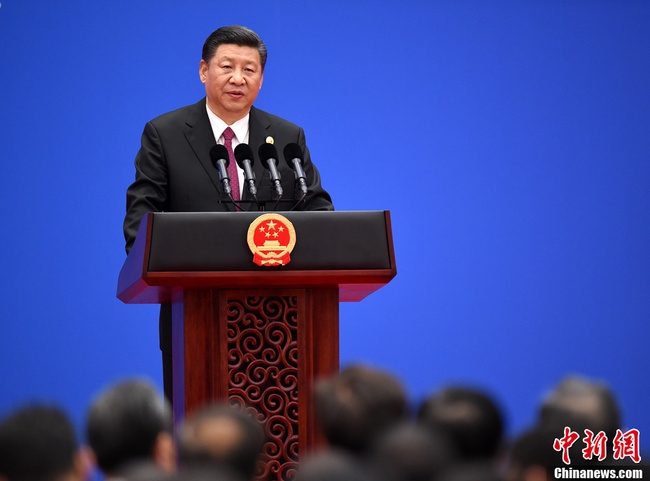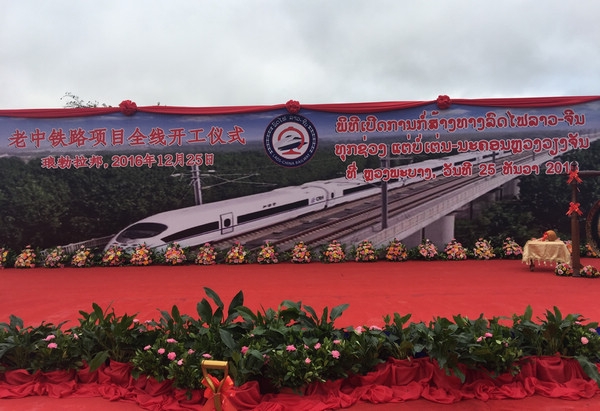
8 Big Belt and Road Initiative Projects
 China's Belt and Road Initiative (BRI) is Chinese President Xi’s signature
China's Belt and Road Initiative (BRI) is Chinese President Xi’s signature
foreign policy plan and is one of the most ambitious infrastructure and investment
efforts in history. The BRI began in 2013 to boost trade through investment in
ports, power plants and other infrastructure in more than 140 countries from Asia
to Europe and Africa.
The projects under the Belt and Road Initiative (BRI) are primarily related to developing infrastructure through various sectors such as transport, energy, mining, IT and communications. The BRI is composed of a series of infrastructure projects, some new, while others began before 2013 but are now fully supported through it. Here is an overview of 8 big projects that have been completed or will be in the upcoming years.
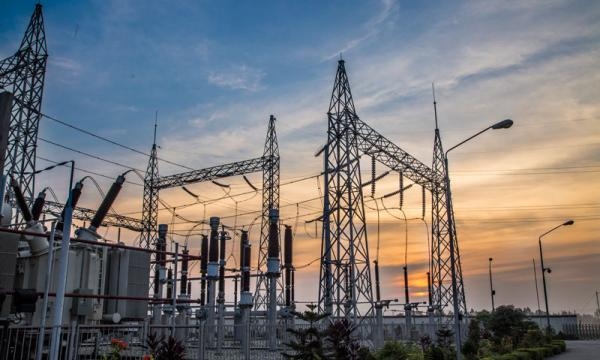
1. Bangladesh: Sheil Ganja Power Station
The completion of the Sheil Ganja Power Station will improve the local electricity shortage in Bangladesh. The principal benefit of this project in both short and medium term relies on the upgrading of infrastructure. In 2016, 78 per cent of Bangladesh’s 163 million population had access to electricity, while outages were still very common. Under the Belt and Road initiative, Bangladesh has set on a plan to boost its generating capacity to 24,000 MW by 2022, while it currently is at around 16,000 MW. To date, pledged related investments in Bangladesh are equal to US$38 billion. While other keystone projects in Bangladesh include a US$1.56 billion power plant near the port of Payra, in southern Bangladesh. This plant is part of Prime Minister Sheikh Hasina government’s plan to implement a series of coal-fired power projects to produce 40,000 MW electricity by 2030. Through this Chinese consortium between China National Machinery Import and Export Corporation (CMC) and Bangladesh’s North-West Power Generation Co (NWPGC), Payra is set to be Bangladesh’s first eco-friendly power plant, as this station will use an ultramodern clean coal technology.

2. Indonesia: Ya-Wan High-speed Rail
Ya-Wan is Southeast Asia’s first high-speed rail which will connect Djakarta, the capital of Indonesia, with its fourth-largest city, Bandung. This four-stop rail line will cover a total length of about 150 km, and the trains will have a maximum design speed of 350 km/h. This project is also the first to use China’s high-speed railway equipment, technologies and standards on a foreign line. A consortium of Chinese and Indonesian companies — Kereta Cepat Indonesia China, will carry out the construction of this project which is mainly funded through loans from China Development Bank. After completion of this high-speed rail, the journey from Jakarta to Bandung is expected to be cut from more than three hours on the current time to around 40 minutes. According to China Railway Corp., not only will this line offer a more convenient and comfortable journey for the local people, but it will also help to attract investment and boost more commercial development and tourism along.
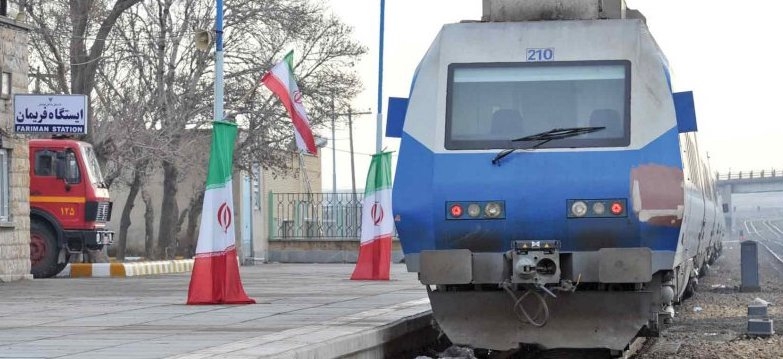
3. Iran: Tehran-Mashhad High-speed Rail
The Tehran-Mashhad High-speed Rail is one of the biggest advancements in Iran’s emerging rail infrastructure. In February 2016, the Iranian President attended the opening ceremony of the Tehran-Mashhad High-speed Rail. This 926 kilometre railway will allow trains to run at speeds of 200 km/h, making it possible to travel between the two cities in approximately 6 hours. A US$1.5 billion deal was made by China’s Export-Import Bank to provide funds to electrify the rail line from Tehran to Mashhad —along with promises to invest US$9 billion in over two dozen other projects that will increase the railroad’s transportation capacity and efficiency. The project will be built by a joint effort between China and MAPNA, an Iranian infrastructure engineering group. According to estimations, better electrification will increase the line’s efficiency and trains will have the capacity to transport 33 million passengers and 10 million tonnes of freight by 2032. With most of its sanctions lifted, Iran is now making every effort to exploit its potential to become a transport hub in the heart of Eurasia, which will return the country to its traditional position as a vital link between East and West. The project is expected to be extended into a 3,200 km path, that will go all the way through Kazakhstan, Kyrgyzstan, Uzbekistan, and Turkmenistan to Urumqi, the capital of China’s Xinjiang province. While it could also open a way to Europe via a developing rail route from southern Iranian ports to Azerbaijan and Europe.
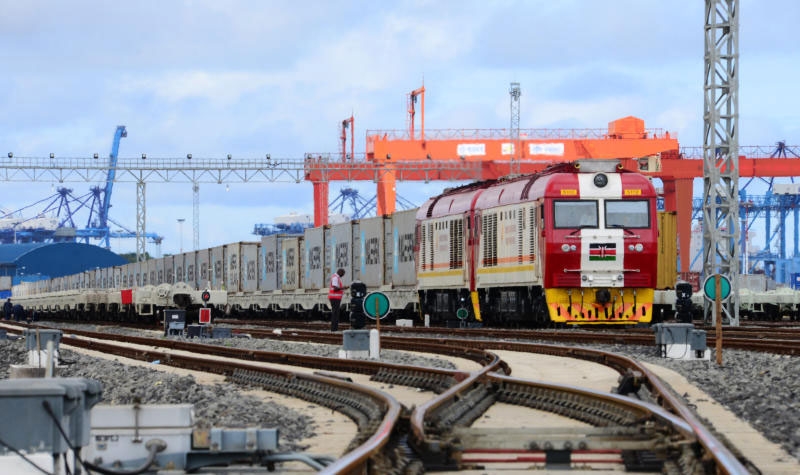
4. Kenya: Mombasa-Nairobi Railway
Kenya is one of the most important pillars of China’s Belt and Road Initiative in Africa and one of the largest recipients of China’s financial help. In May 2014, both countries signed a cooperative agreement to build the Mombasa-Nairobi Railway, the first new railway in Kenya in the past 100 years. Also known as the Madaraka Express, the 480 km railway cost around USD3.8 billion, and the Export-Import Bank of China reportedly funded 90 per cent of the total. In its first year, the railway carried more than 1.4 million passengers and had a utilization rate of more than 90 per cent. While the cargo transported over 608,000 tons and according to a report from China Media Group, the cargo will surpass 14 million tonnes annually by the end of 2019. Not only does this project reduces the travel time between Nairobi and the port city to around five hours from more than 10 hours, but also it is believed to have boosted Kenya’s GDP growth by 1.5 per cent. The Mombasa-Nairobi railway is the first part of a broader plan of a 2,700 km regional network that will connect countries in East Africa from South Sudan to Tanzania.

5. Laos: China-Laos Railway
The China-Laos railway starts from northern Laos, neighbouring China’s borders and ends in Vientiane, Laos’ capital. This project is more than 400 km long with bridges of 62 km and tunnels of 198 km, and its construction has made full use of Chinese technical standards and equipment. The construction of the railway started in December 2016 and according to the plan, it is scheduled to be completed and opened to traffic by December 2021. According to Lao Railways’ director general trains on this line will travel at up to 160 km/h, cutting the traveling time between the two cities to three hours from three days. As Southeast Asia’s only landlocked country, the Laos government hopes the traffic created by this railway will boost tourism and trade and bring prosperity to its population. Eventually, the China—Laos railway is part of a line that will eventually extend from Kunming, the capital city of China’s southern Yunnan provincial, through Bangkok and connect Malaysia and all the way south to Singapore.
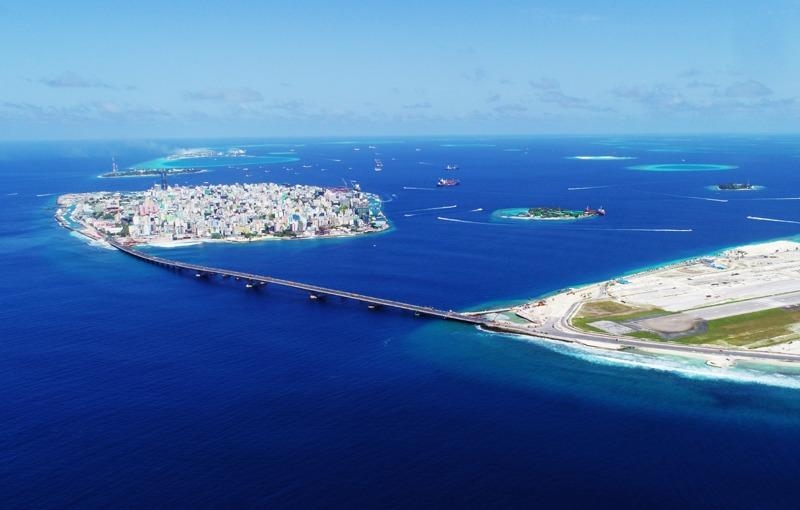
6. Maldives: Sinamalé Bridge
The Sinamalé Bridge is the Maldives, the world-renowned tourist destination’s first inter-island bridge which connected the capital Malé with its international airport and its fast-growing artificial northern island Hulhumalé. With an estimated cost of US$210 million, the bridge was almost fully funded by the Chinese Government as a flagship project in the Maldives by Chinese investments. Its construction was operated by a Chinese company in 2016, and the project was completed by August 2018. Also called China-Maldives Friendship Bridge, it is 2.1 km in length and 20.3 metres in width has two car lanes and separated lanes for bicycles, motorcycles and pedestrians, and loops over the Indian Ocean. With one third of its total population residing in the capital area, before the bridge, travelling between these islands was costly and time-consuming and was only possible through a ferry. The Sinamalé Bridge made it possible to travel quickly between the island. It is also expected that this Bridge will boost tourism and trade.
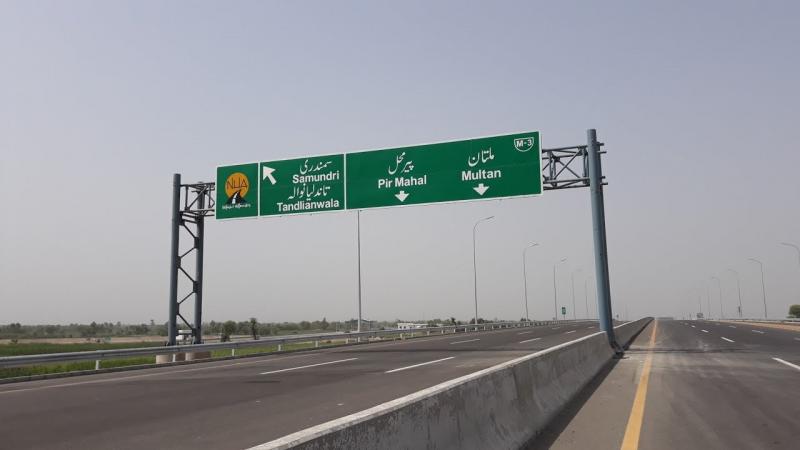
7. Pakistan: Karachi-Lahore Highway
The Karachi-Lahore highway project is the largest transportation infrastructure projects for the China-Pakistan economic corridor. Formally signed in December 2015, it is about 1152 km in total and designed with two-way six lanes at a speed of 120 km/h. This superhighway will connect Karachi, the country’s southern port city with Peshawar a northwestern city while connecting them through the populated provinces of Punjab and Sindh. Also called M-5, the Karachi-Lahore Highway is expected to cut the travel distance between cities from the two provinces such as Multan and Sukkur from 463 km to 392 km. This distance will be reached in less than four hours at 120 km per hour which is the maximum designed speed. Building the road from China’s Xinjiang to Pakistan’s Gwadar Port has taken decades of work but it’s finally partly operational and the whole project is scheduled to be completed by August 2019. Once fully built it will encompass 11 interchanges, 22 toll plazas set with the latest intelligent technology, six public service areas, five rest areas, 107 underpasses, 188 subways and 100 bridges among other facilities. While eventually, seaports in Gwadar and Karachi will be connected with northern Pakistan, western China and Central Asia. With an estimated US$54 billion worth of infrastructure projects planned for this stretch, the China-Pakistan Economic Corridor is the biggest project under the belt and road banner.
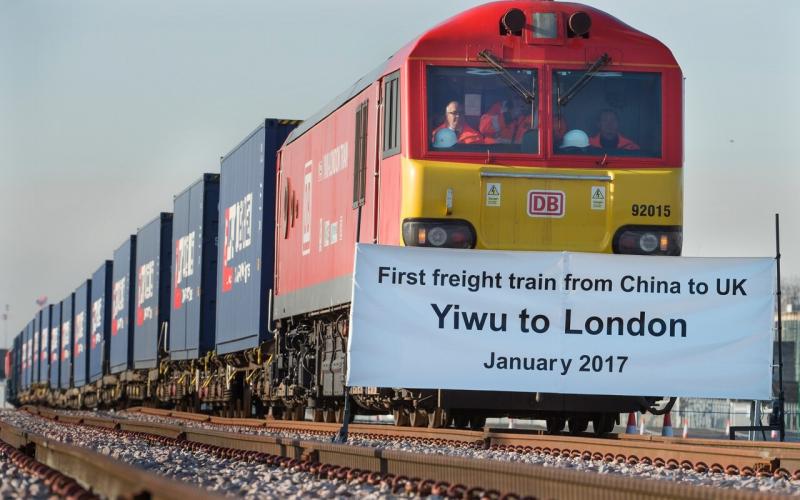
8. United Kingdom: Yiwu-London Railway
The Yiwu Railway is the second-longest railway freight train service for the Eurasian continent connecting London to Yiwu, a city in China’s central Zhejiang province. This railway makes London the 15th European City to have direct rail links to the ever-expanding route of China’s rail cargo. In January 2017, the first train made the 12,000 km and 18-day journey from Yiwu to the United Kingdom, while its cargo were packed with 34 containers carrying clothes, shoes, suitcases and other goods made in China. The sea freight director at Brunel Shipping & Liner Services, one of two British companies handling logistics, hopes that this achievement is a stepping stone towards improving the trade ties between China and the United Kingdom. While many Chinese and Brexit commentators expect that this service if made regular will compete favourably with shipping and will be able to meet the demand of British consumers.

